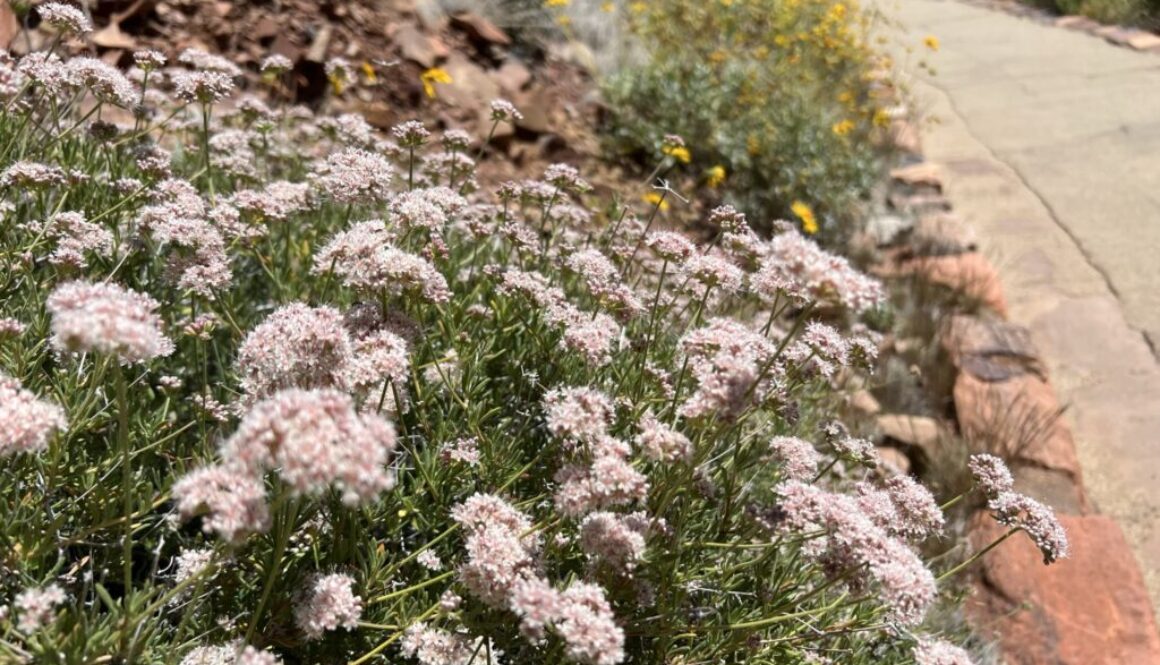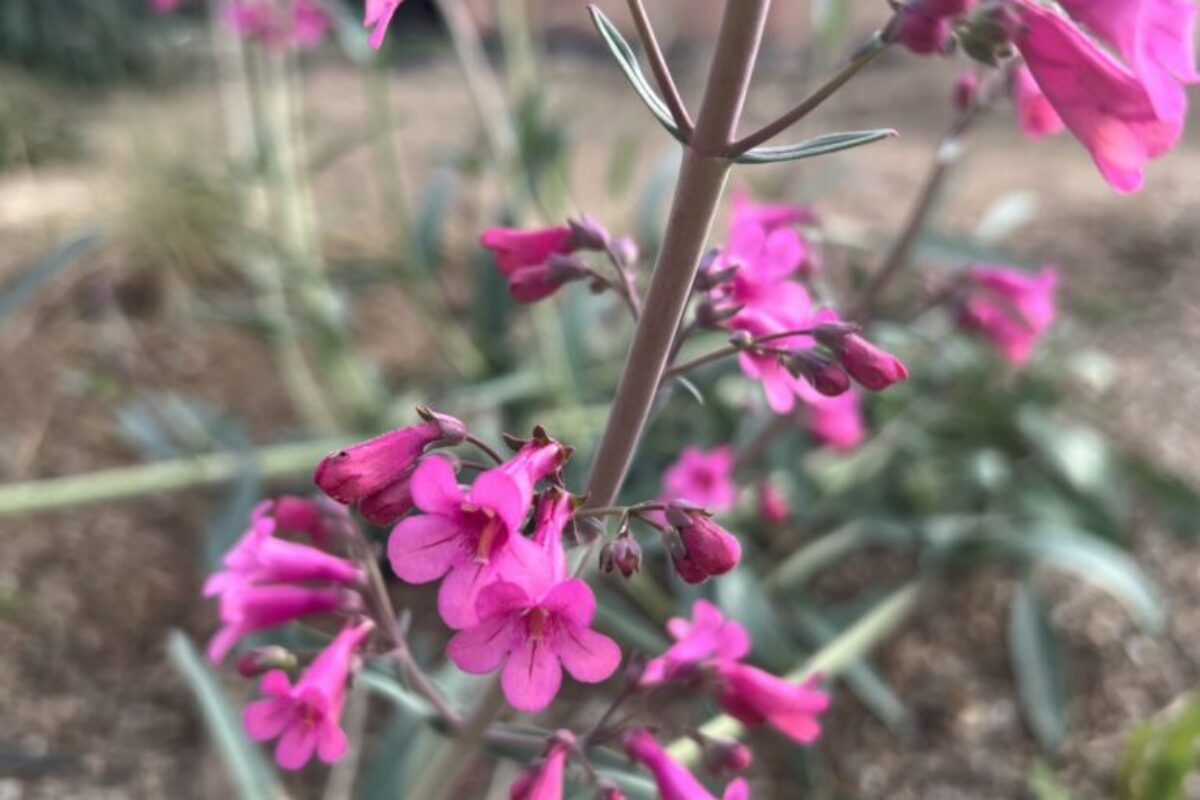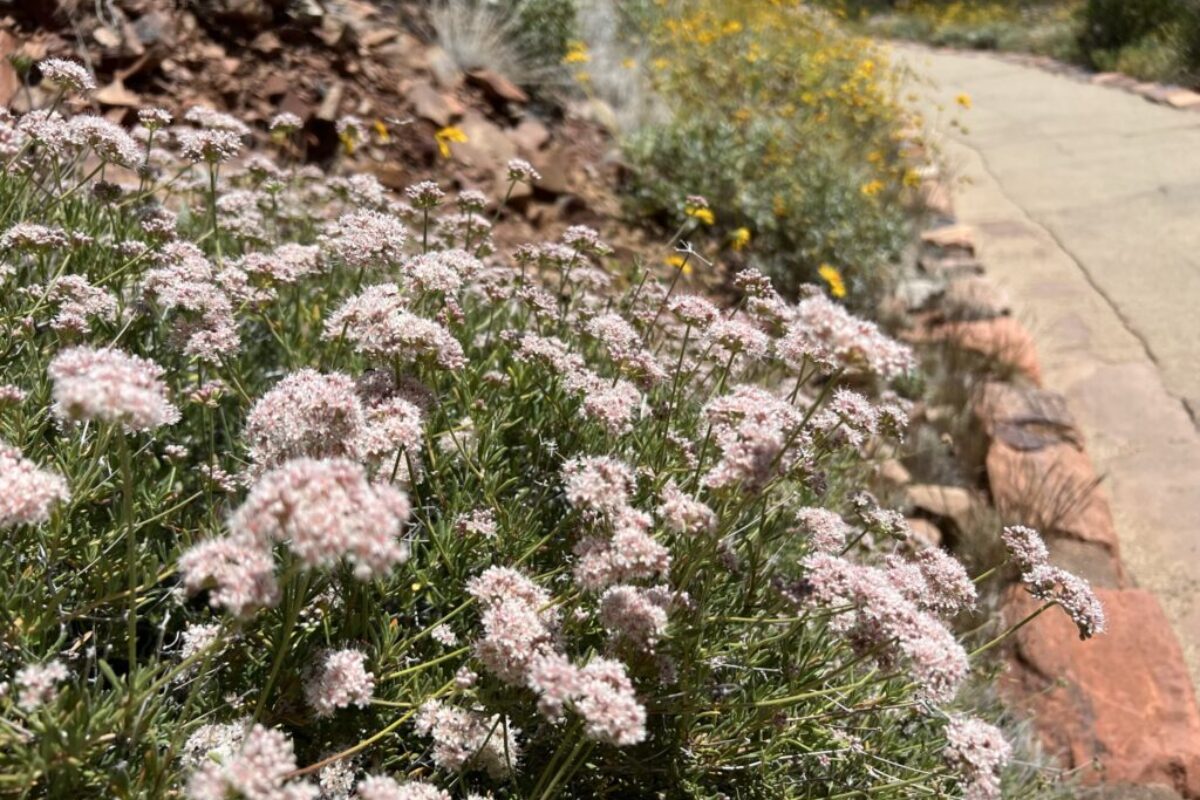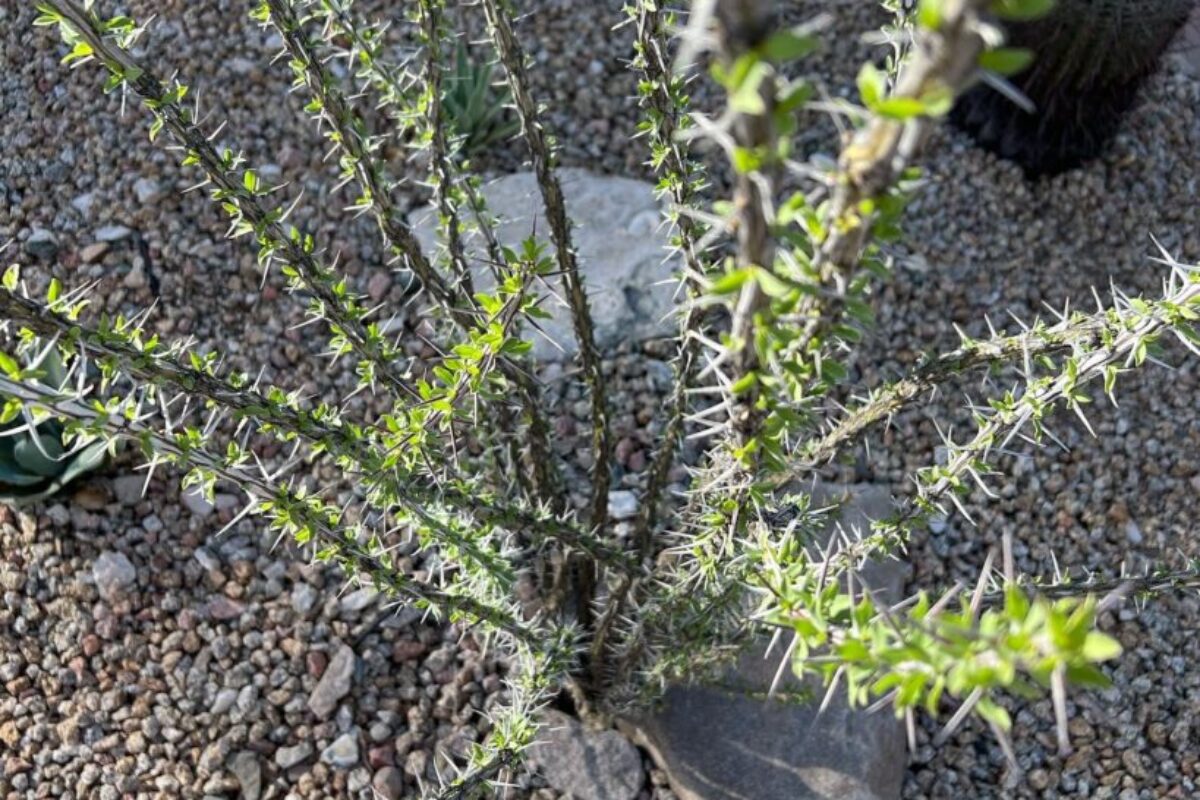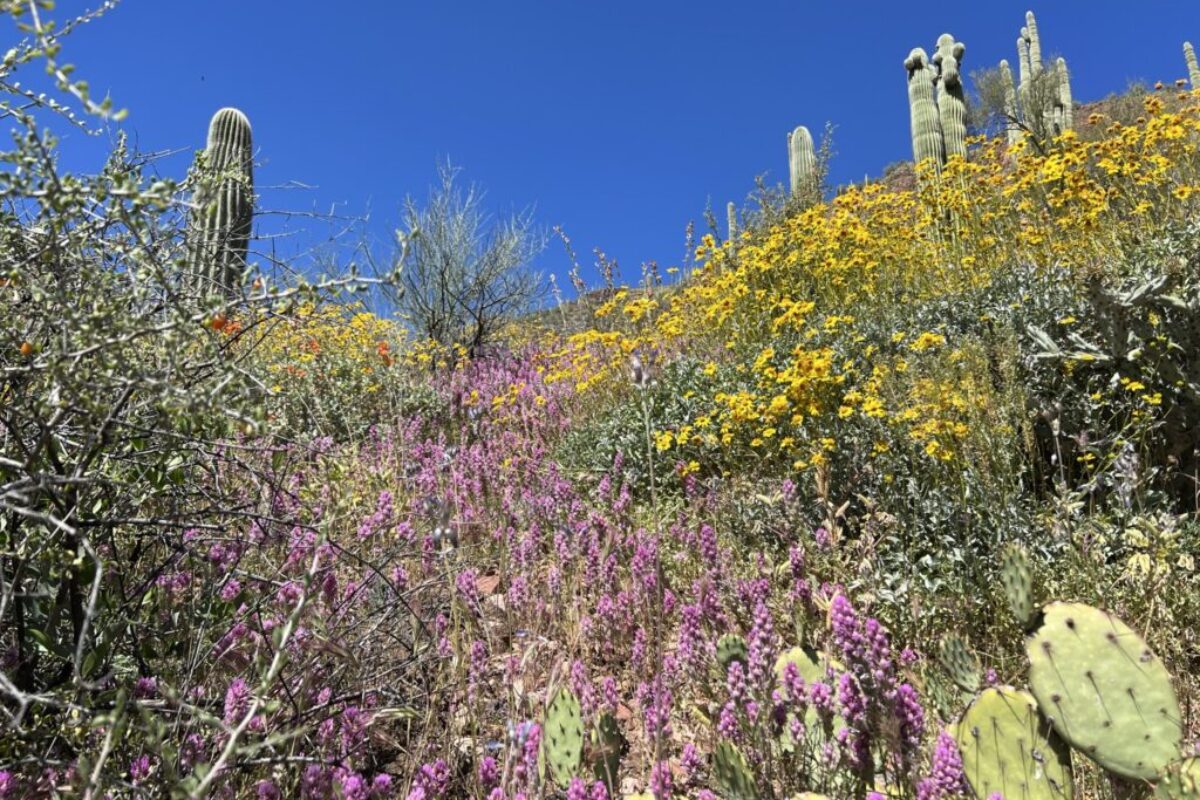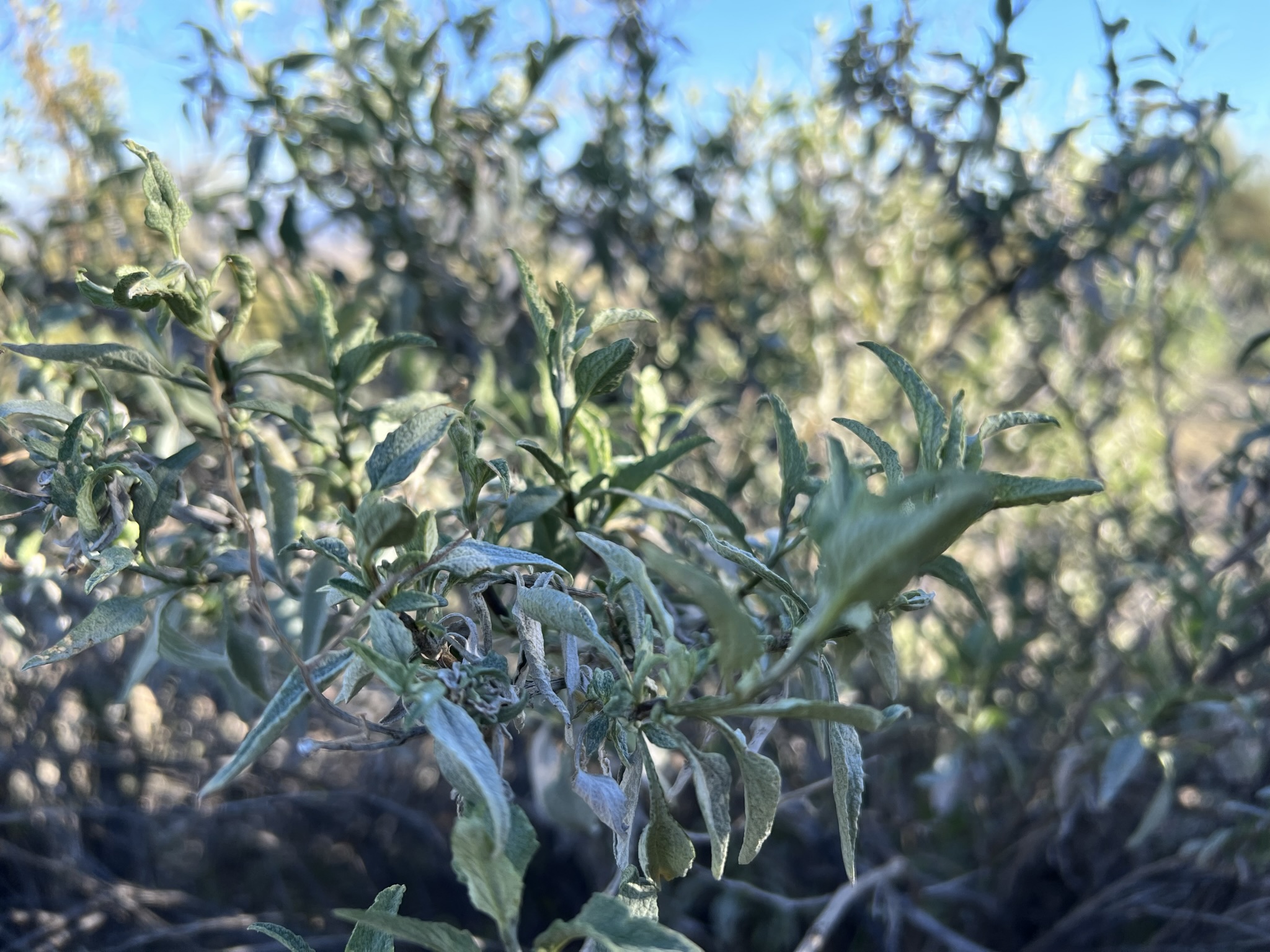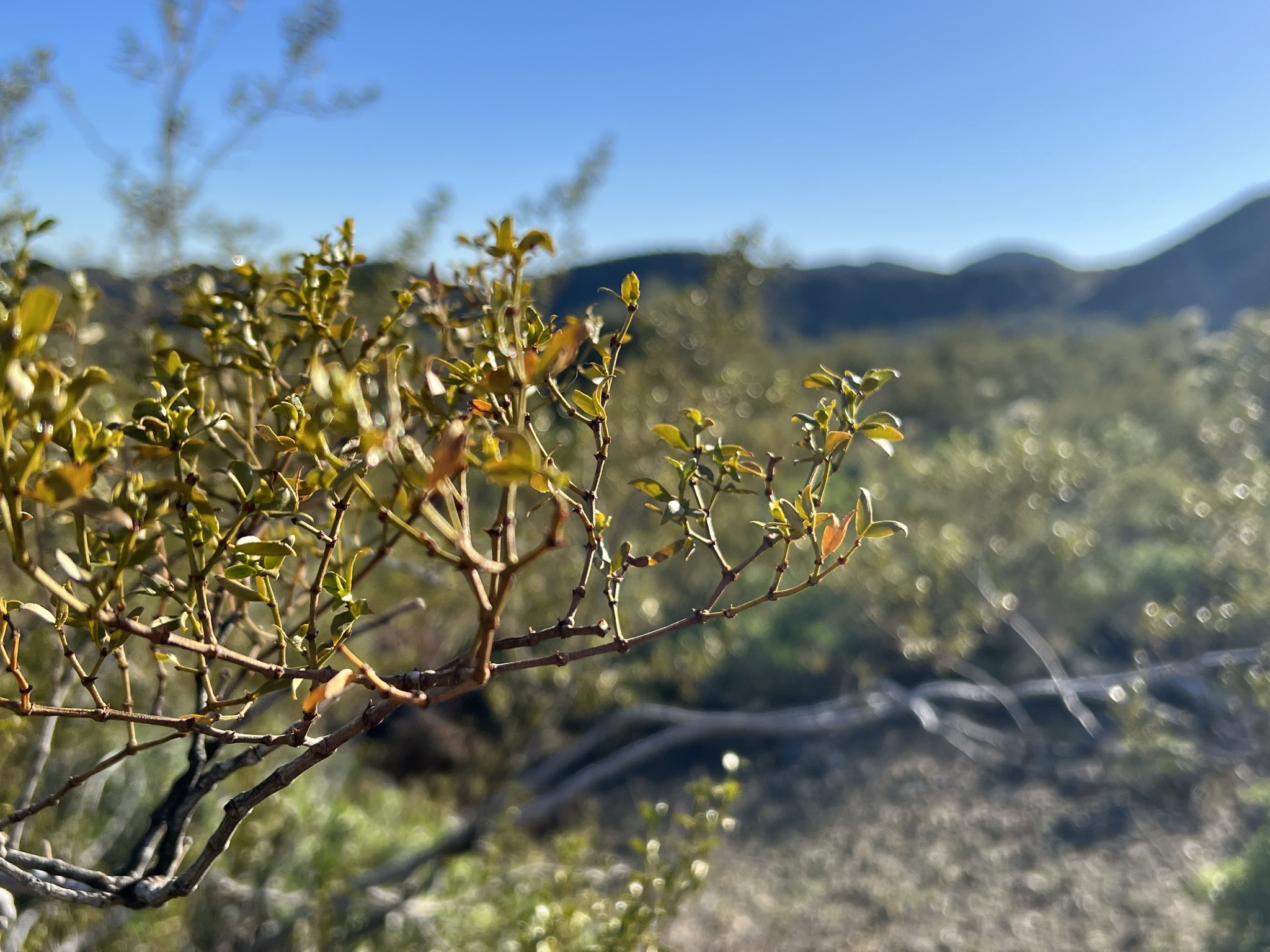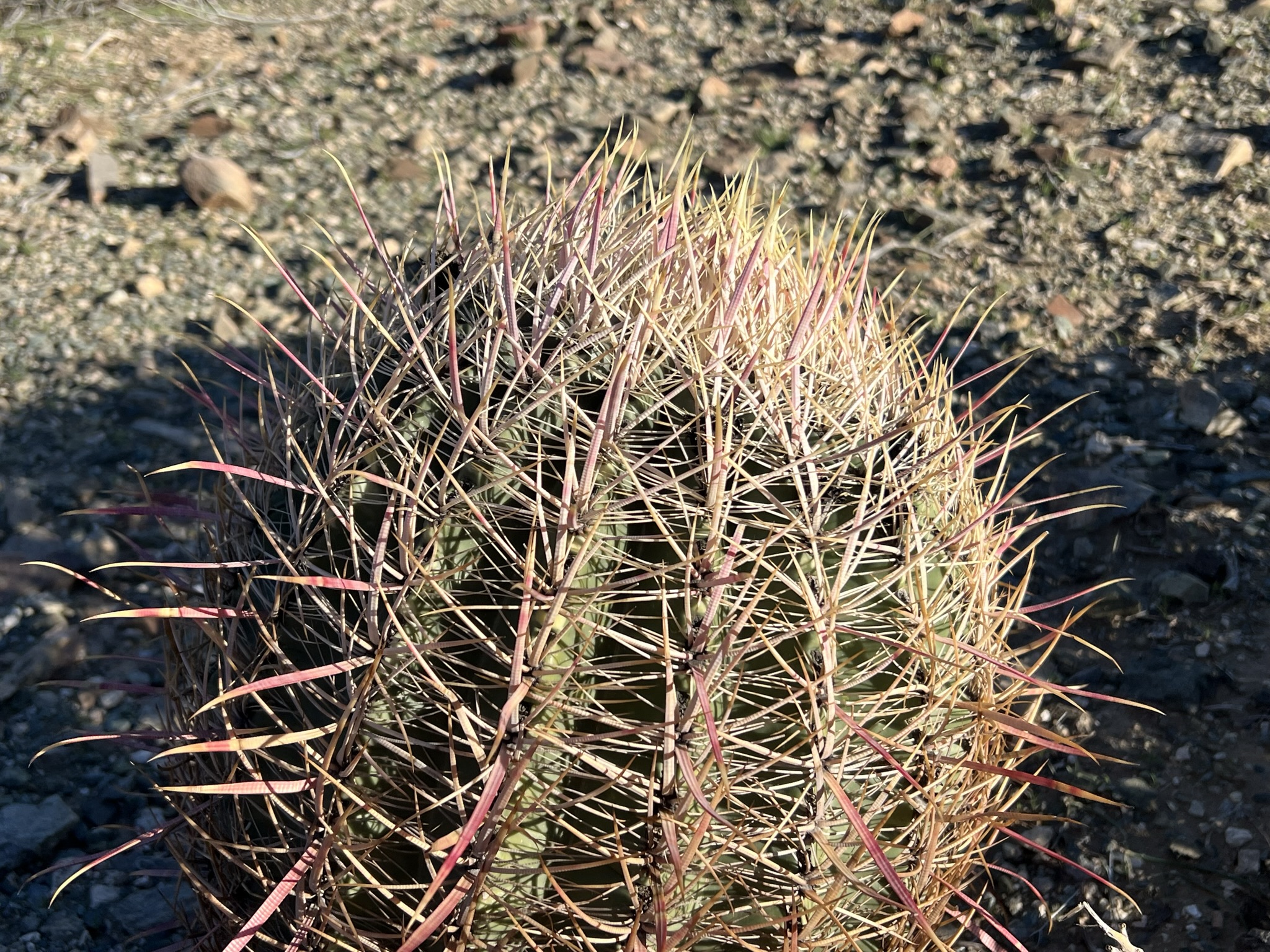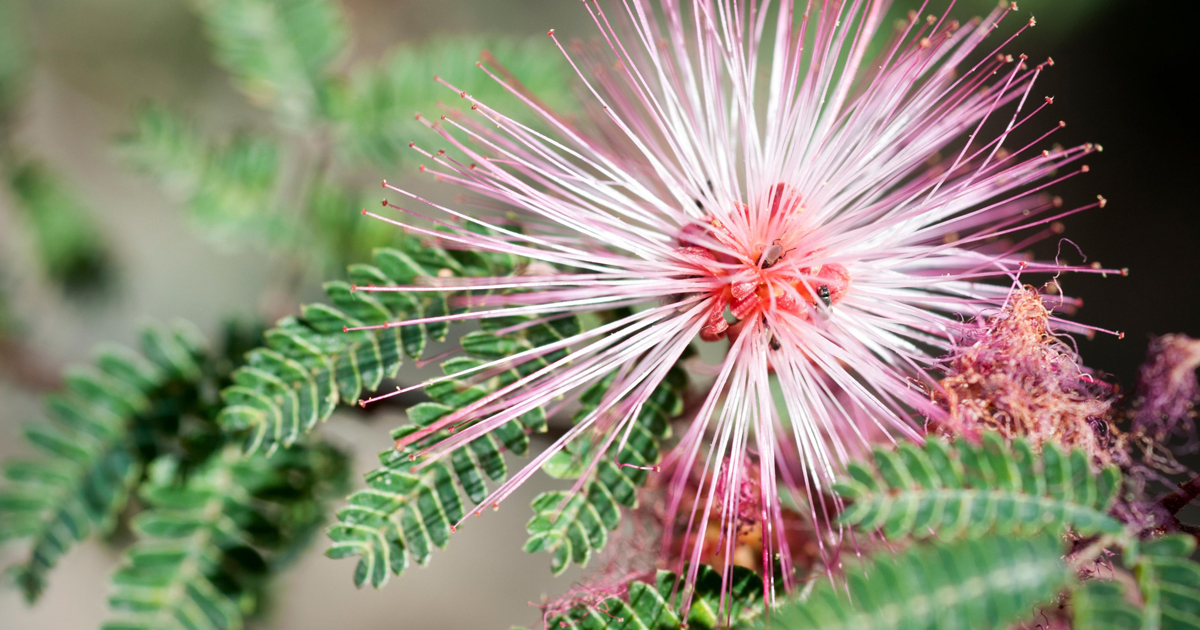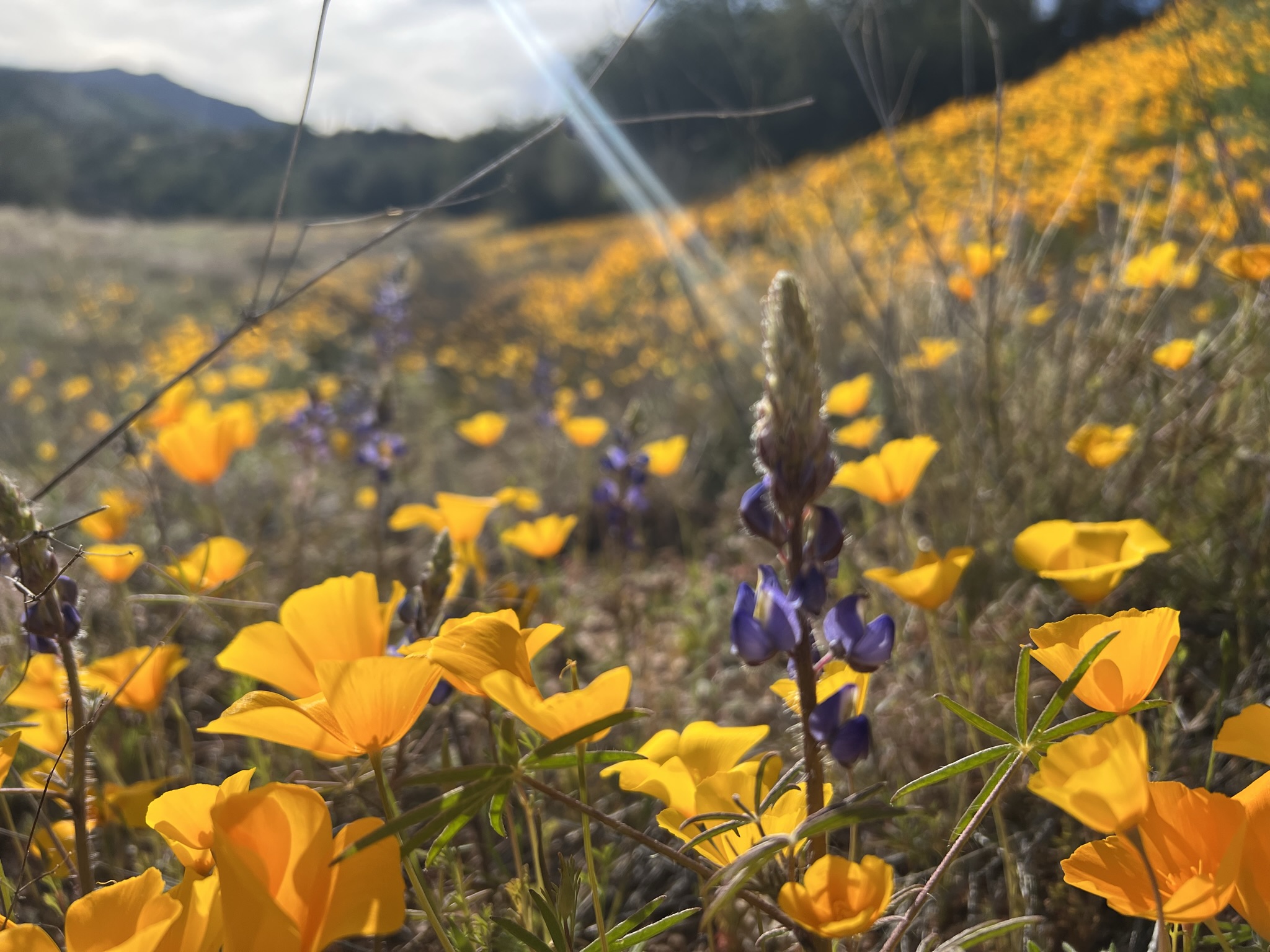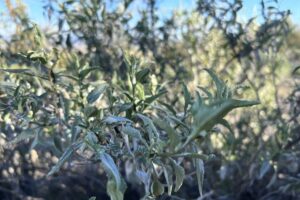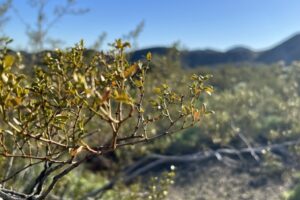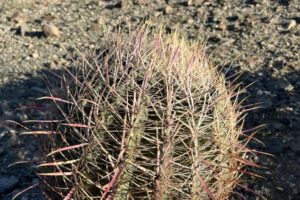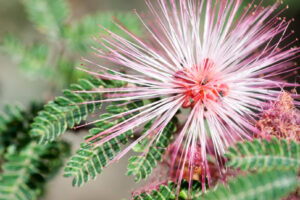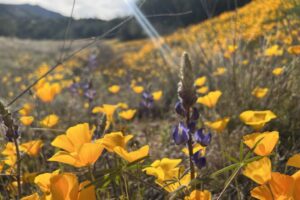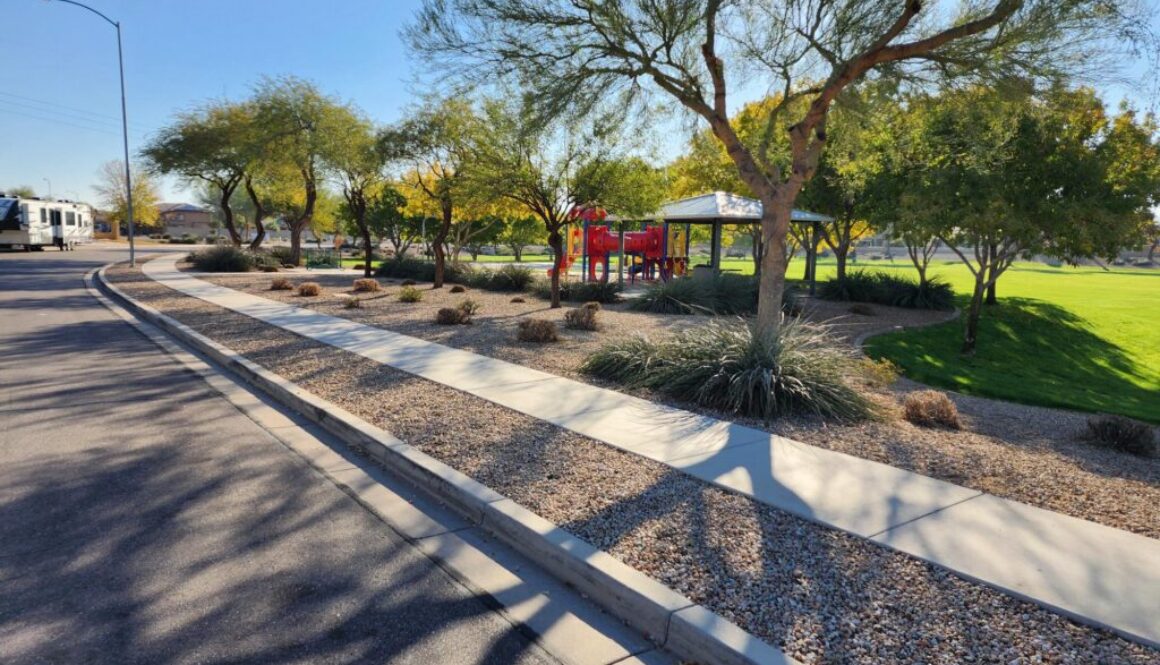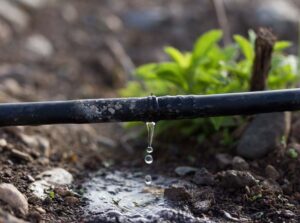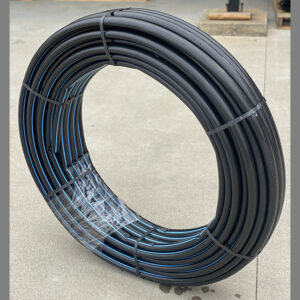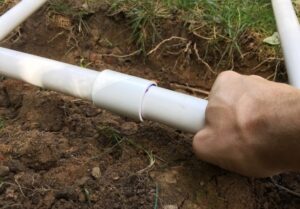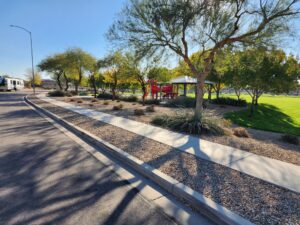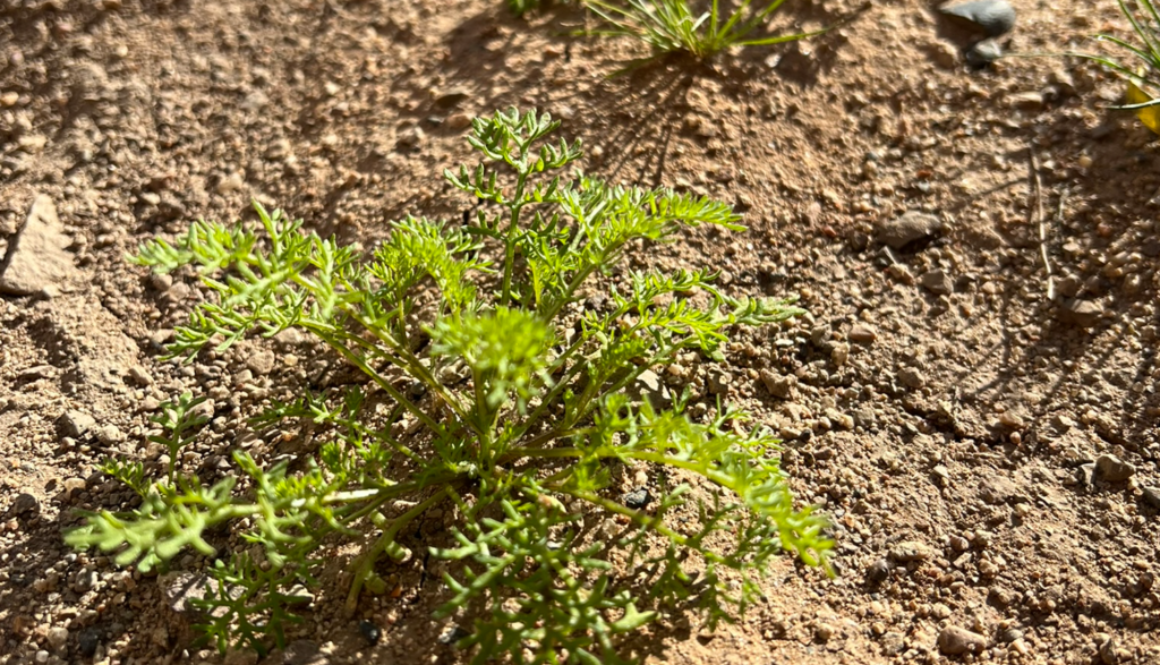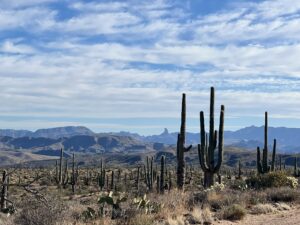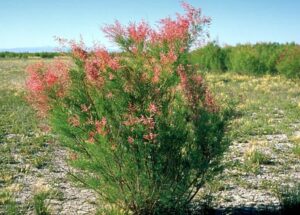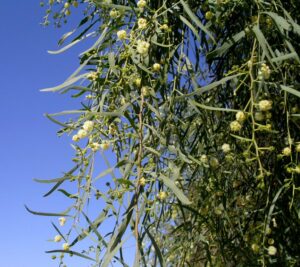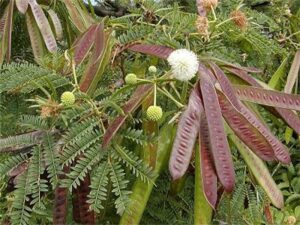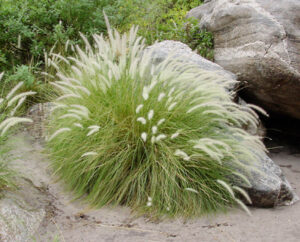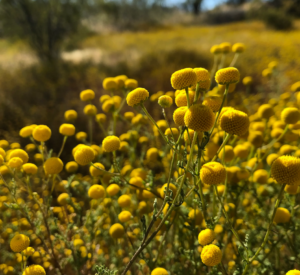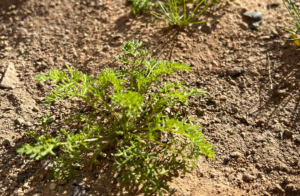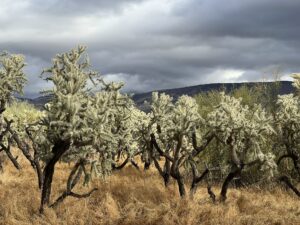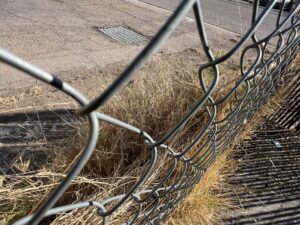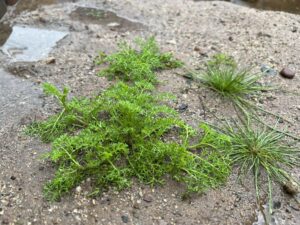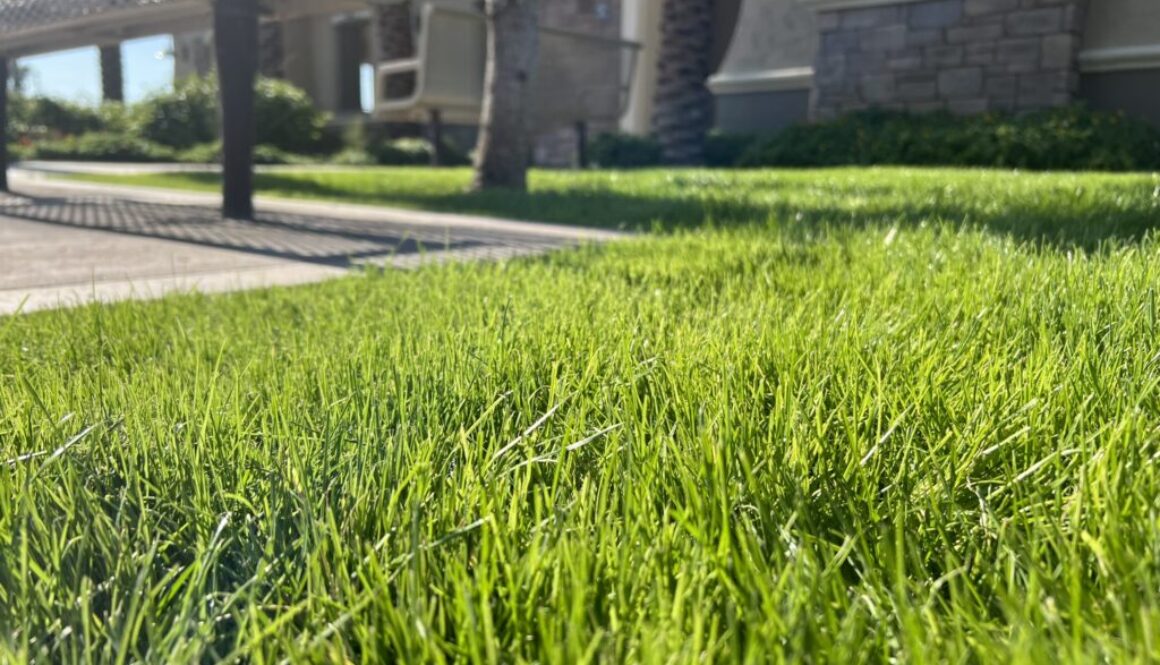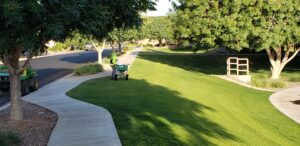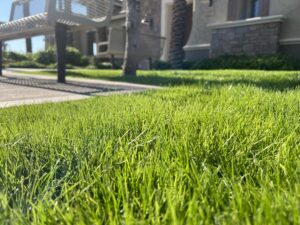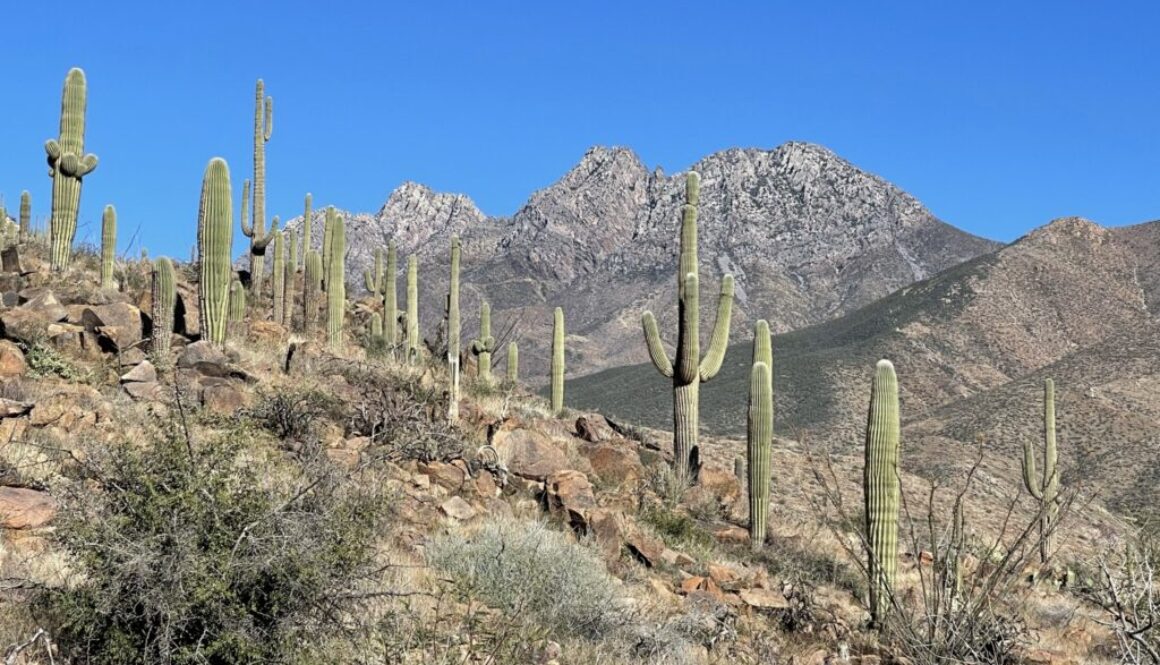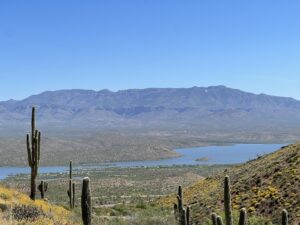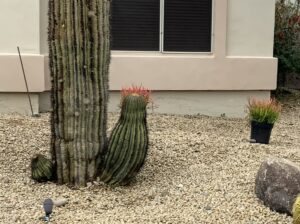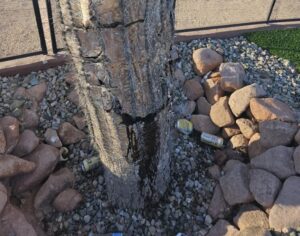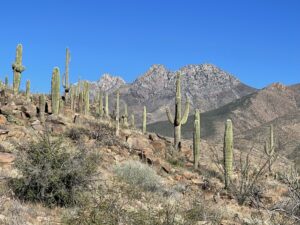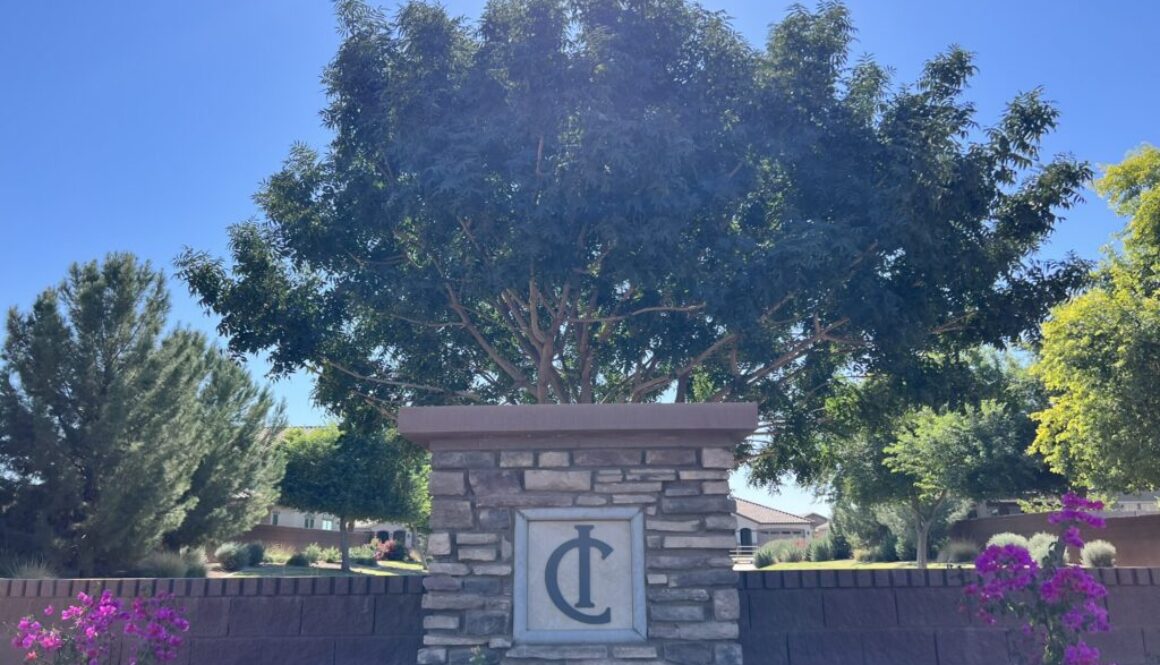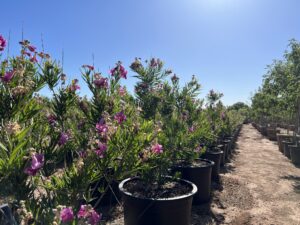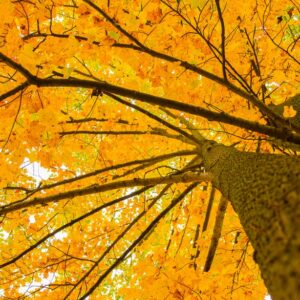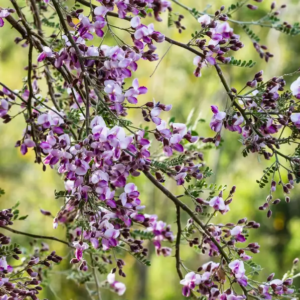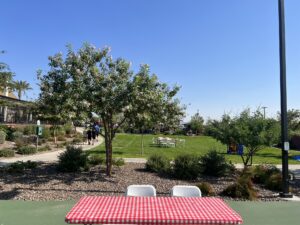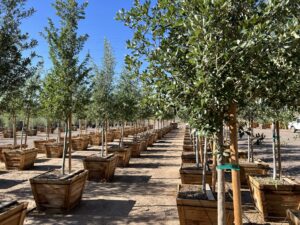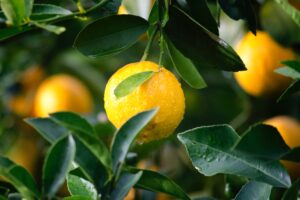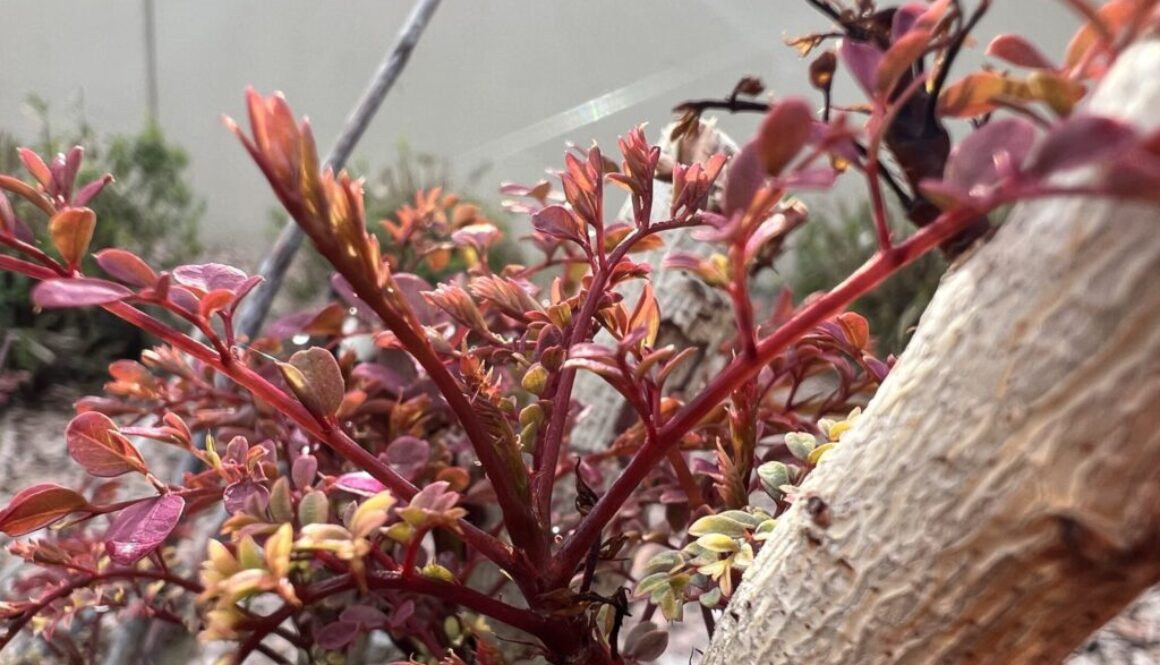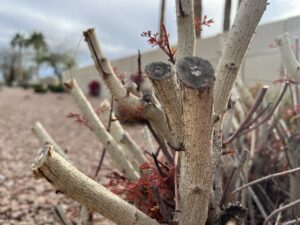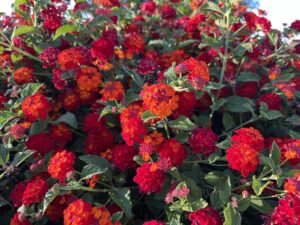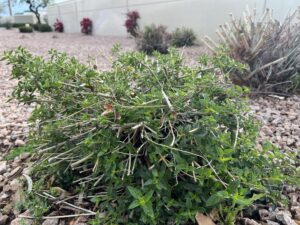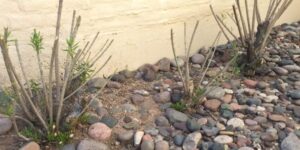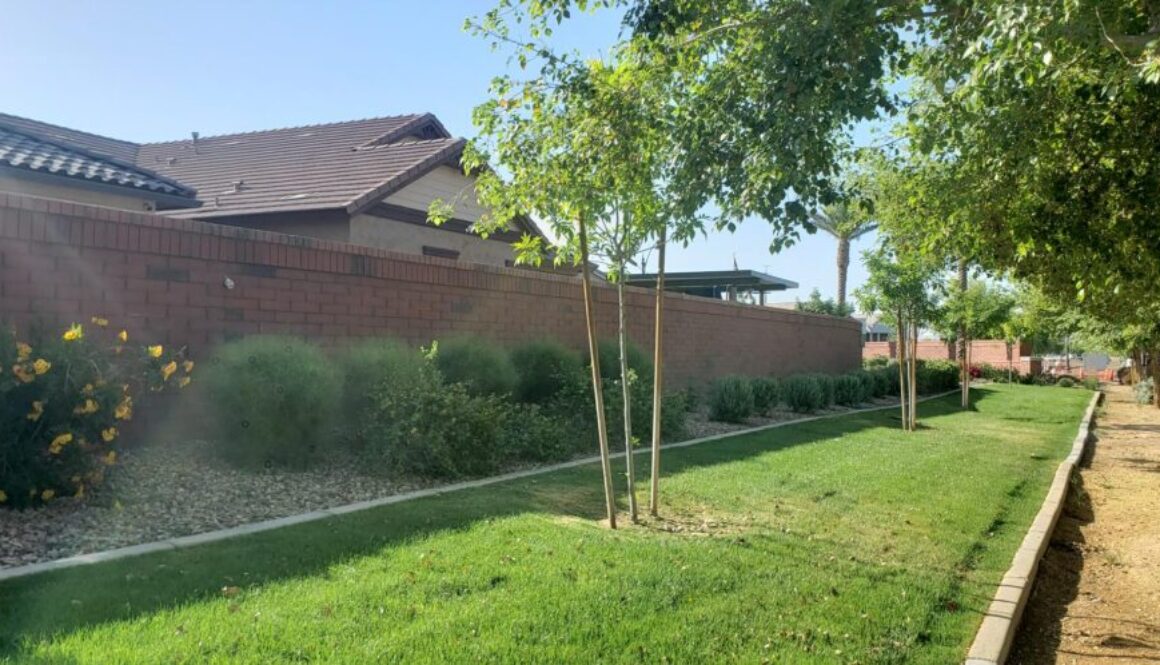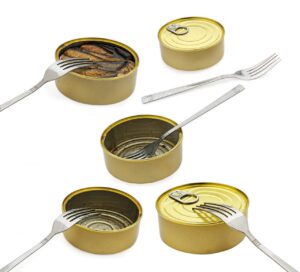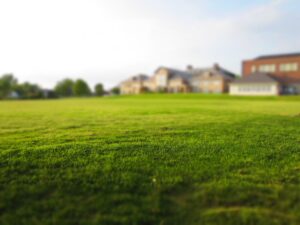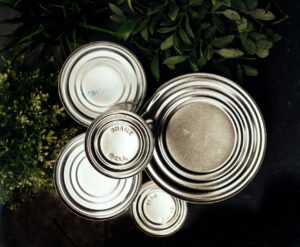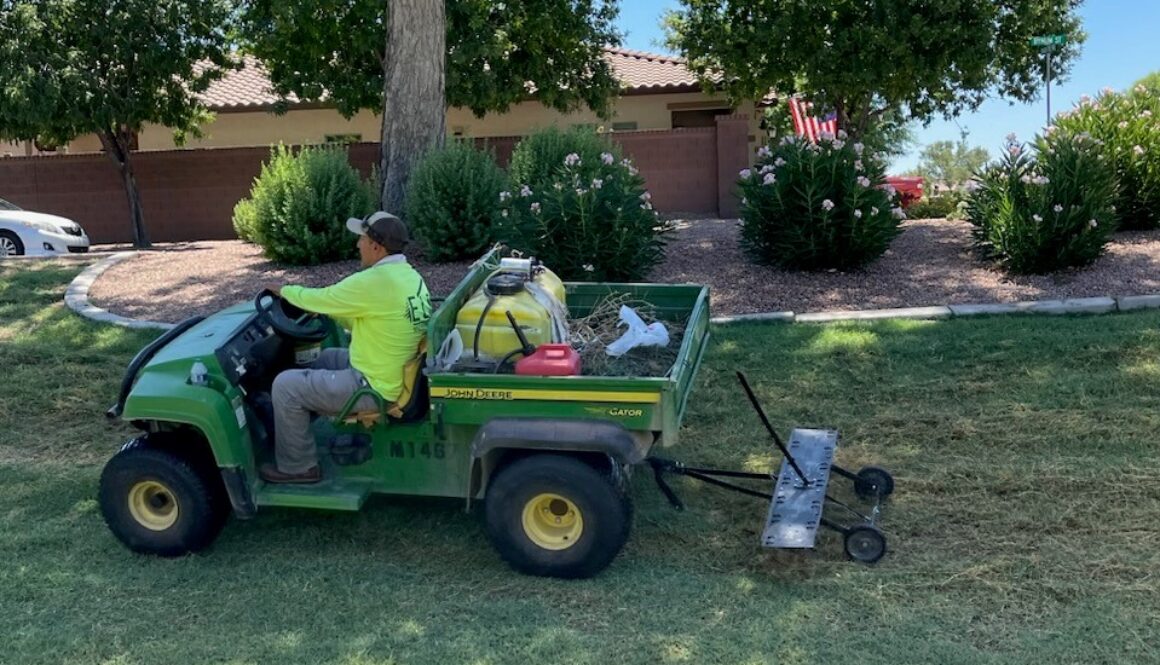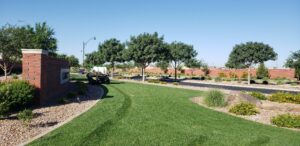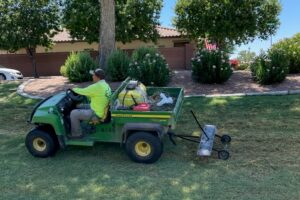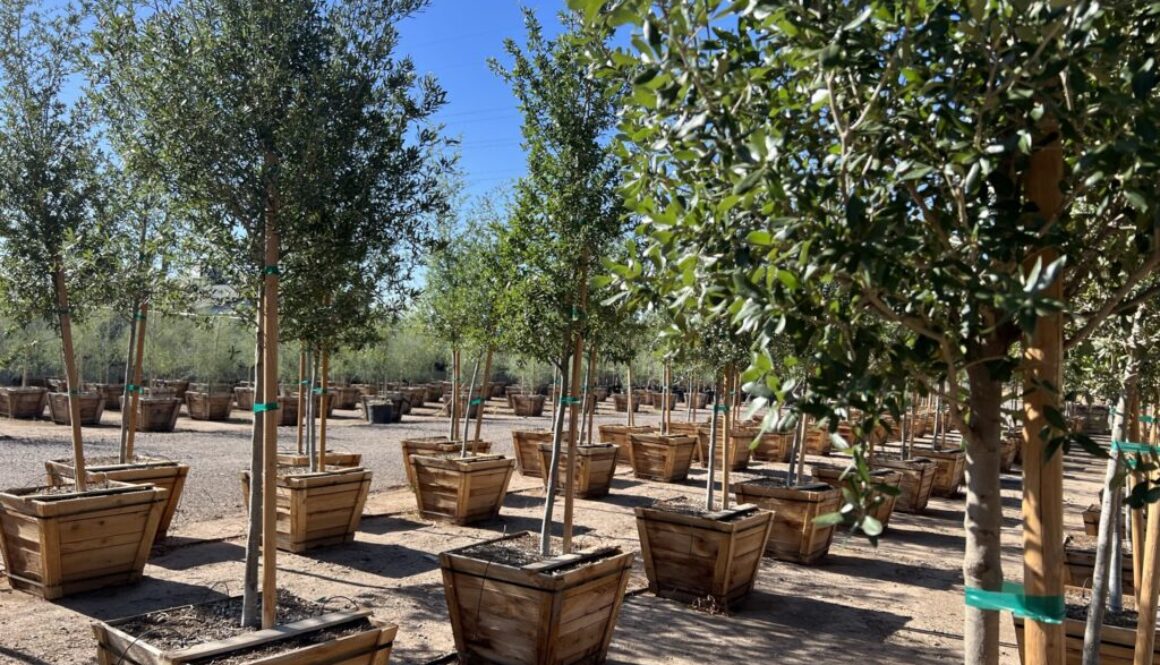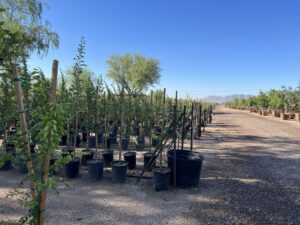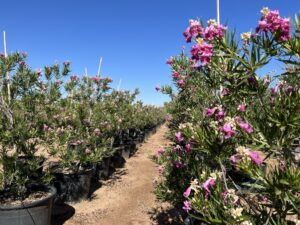Dead or Drought-Deciduous?
As spring turns to summer, the Sonoran Desert goes from its lush springtime conditions to a state that many would refer to as “dead.” While there are lots of wildflowers and invasive species that truly go through their entire life cycles in a single springtime, the truth for much of the larger plants in the desert is much more interesting. Many, if not most, of the native bushes live a lifestyle known as “drought-deciduous,” and this applies to many of the plants used in landscaping in the Phoenix area.
April through early July is a notoriously rainless period of the year in the Sonoran Desert, and this pattern is recognized by the plants that have adapted here. When the moisture of the winter and early spring rain dries up and the temperature begins to reach that 100-degree range, many desert shrubs will purposefully shed their leaves and close off most of their pores to conserve sugars and stored water. This leaves bushes like Triangle Bursage, Brittlebush, Creosote, Desert Lavender, Chuparosa, and many others looking “dead.” You don’t see it with the naked eye, but cacti also hunker down and essentially pause their biological functions during the day, only opening their stomata to “breathe” at night when the temperature is below 90 degrees. This, too, is a strategy to mitigate water loss during the hottest and driest parts of the year.
If you have these plants in your yard, be sure not to remove them just for looking this way! There are two things you can do for your drought-deciduous shrubs. The first move is to cut them back to just a few main stems close to the ground as they naturally go dormant. This way, they can stay dormant and wait for the water to return without putting too much of a blight on the aesthetics of your yard.
The second strategy is to irrigate them. If drought-deciduous plants are given water on a regular basis, most species will keep their leaves, potentially all year round. Keep in mind, these are still desert plants, so don’t give them a lot of water. Just a regular trickle at a good distance from the core of the plant will do. This strategy doesn’t work for every plant, though. Many cacti do not respond well to manual watering after establishment, and Creosote bushes actively dislike being given any water that doesn’t come from the sky. So, make sure you’re not harmfully swamping plants before using this method. Consult a local nursery or certified professional if you have doubts about watering native plants.
Keep in mind that most of the non-native plants used in Arizona landscaping are almost always on irrigation, and if they suddenly start shedding leaves, those ones might actually be dying. Lantanas shed leaves with frost in the winter, but if they lose leaves in the summer, it’s likely due to a lack of water or an increase in reflected light. If a Coral Fountain Grass starts to crisp up, it most likely is dying of dehydration. If a Texas Sage starts shedding leaves in the summer, it could be a sign of Texas Root Rot, especially if it happens quickly.
Most trees are NOT drought-deciduous, with some of the only exceptions being Foothills Palo Verdes and Ironwood Trees, but even they only shed in the summer during particularly hot and dry occasions. If a Mesquite Tree sheds its leaves during the summer, something is definitely wrong. If an Indian Laurel Ficus loses leaves in the summer, it’s typically a defensive reaction to high nighttime temperatures and a lack of sufficient water. If a Chinese Elm, Olive Tree, or Chinese Pistache sheds its leaves in the summer, it could be a sign of verticillium or another fungal disease in the roots.
At ELS Maintenance & Construction, we promote the use of low-water and native plant species whenever possible to save communities money and help the local ecosystem. If you know of a community or commercial center that needs new landscapers, email contactus@evergreenaz.com and we can get started!

